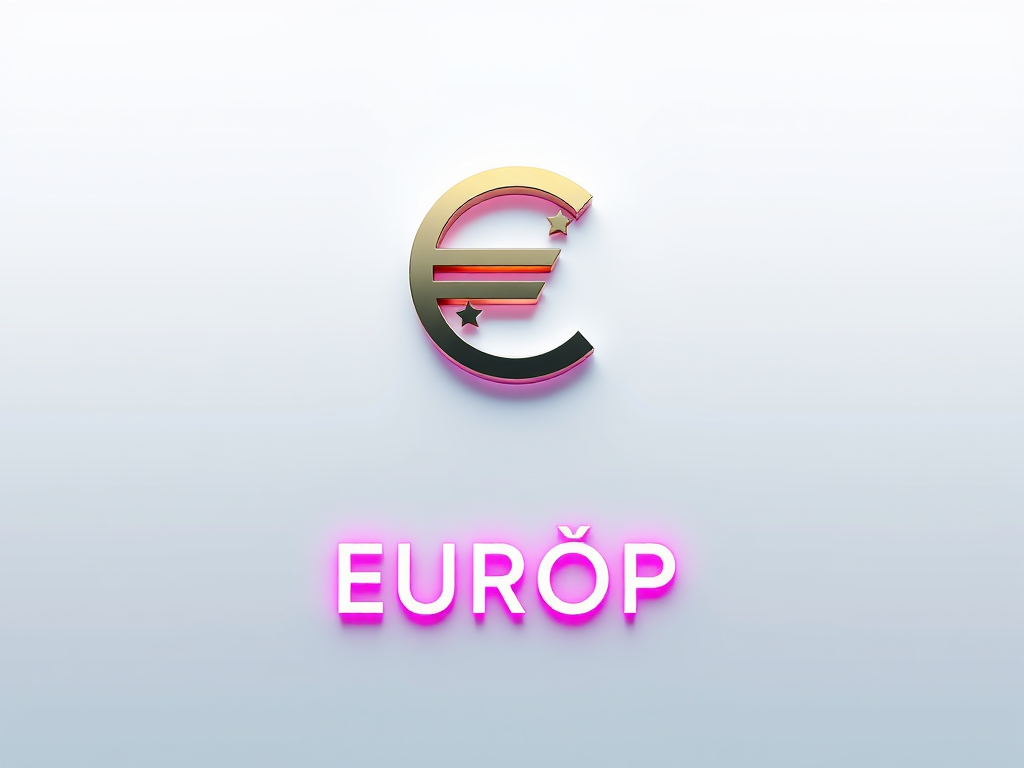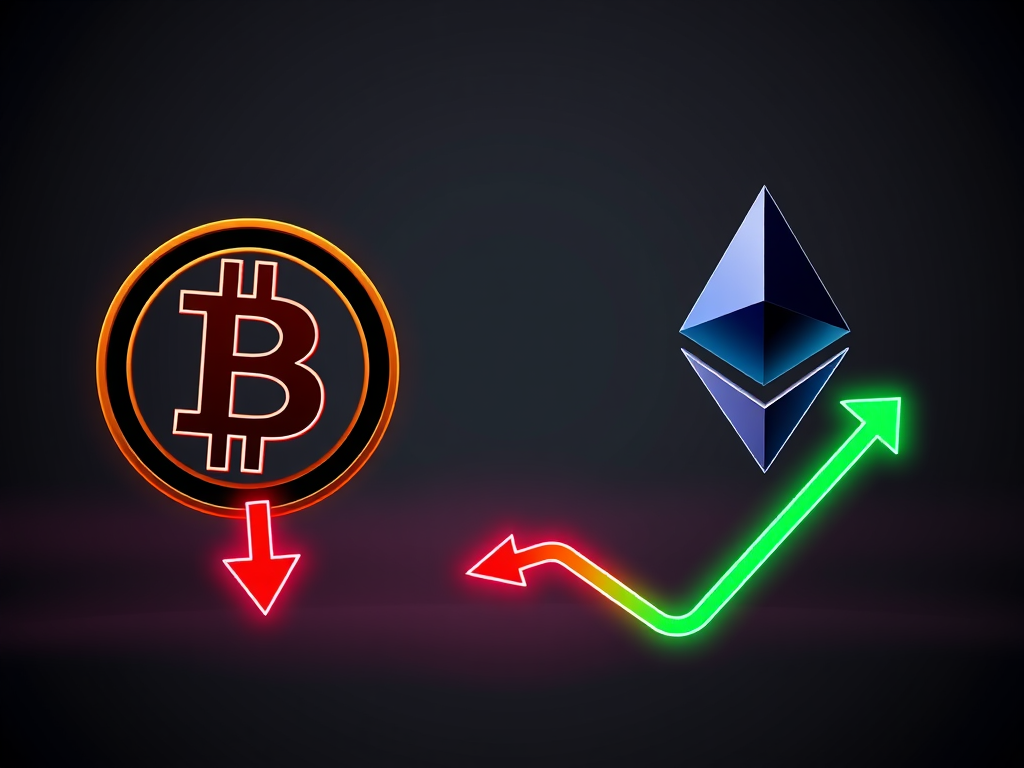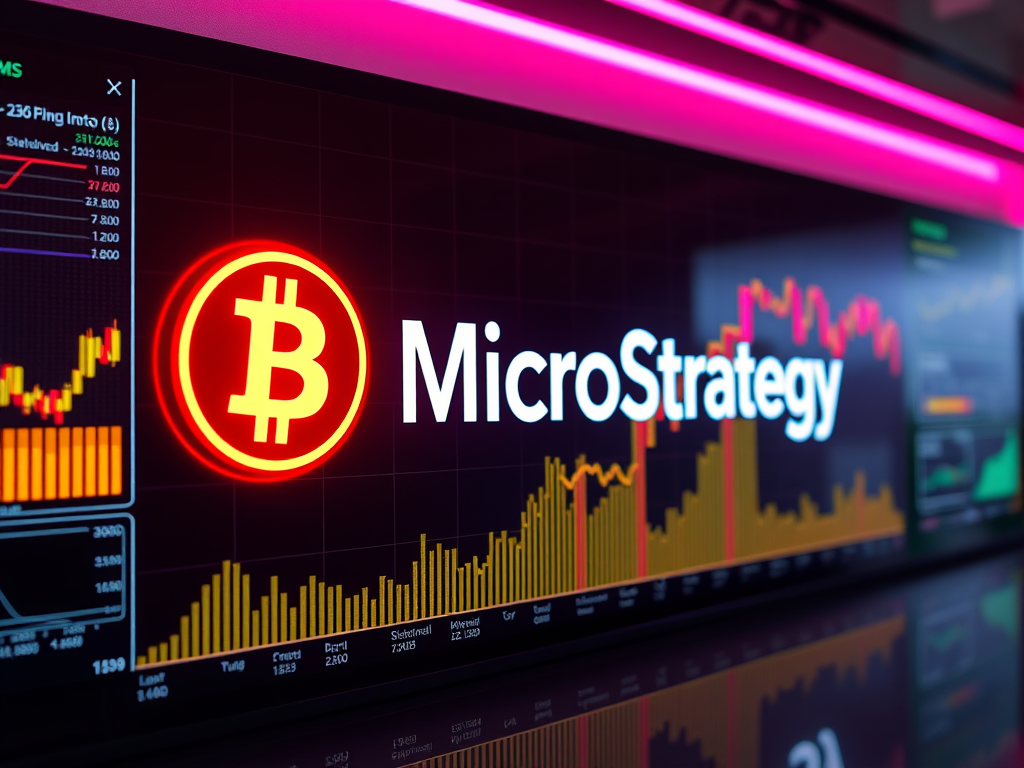Key Points
- According to data from SoSoValue, spot Bitcoin ETFs recorded $88.06 million in net inflows on August 21, 2024, marking their fourth consecutive day of positive flows, while spot Ether ETFs experienced their fourth straight day of outflows totaling $6.49 million.
- SoSoValue data shows BlackRock’s IBIT led Bitcoin ETF inflows with $55.43 million, while Grayscale’s ETHE continued to face the largest outflows among Ether ETFs at $36.99 million.
Bitcoin ETFs Attract Investors Despite Market Challenges
The U.S. spot Bitcoin ETF market has shown resilience in the face of market volatility, with 12 funds collectively seeing $88.06 million in net inflows on August 21, as reported by SoSoValue. This marks a 42% increase compared to the previous day’s inflows and continues a positive trend for Bitcoin-based investment products.
BlackRock’s IBIT emerged as the frontrunner, attracting $55.43 million in new investments and bringing its total inflows since launch to an impressive $20.53 billion, according to SoSoValue data. ARK 21Shares’s ARKB also performed strongly, recording inflows of $51.91 million after a day of no activity.
However, the market did see some outflows, with Grayscale’s GBTC and Bitwise’s BITB experiencing withdrawals of $12.81 million and $6.47 million, respectively, as per SoSoValue. This came after GBTC’s first day of zero flows since its conversion to an ETF.
SoSoValue reports that the total daily trading volume for Bitcoin ETFs reached $1.35 billion on August 21, representing a significant 73% increase from the previous day’s $779 million. Since their inception, these funds have accumulated a total of $17.52 billion in net inflows, highlighting growing institutional interest in Bitcoin exposure through regulated investment vehicles.
Ether ETFs Face Ongoing Challenges
In contrast to their Bitcoin counterparts, spot Ether ETFs continue to struggle with persistent outflows. SoSoValue data shows that the nine Ether ETFs collectively saw $6.49 million in outflows on August 21, marking their fourth consecutive day of negative flows.
Grayscale’s ETHE fund bore the brunt of these outflows, with $36.99 million leaving the fund, according to SoSoValue. This brings ETHE’s total outflows since its July 23 launch to a substantial $1.47 billion. However, there were some bright spots in the Ether ETF landscape, with BlackRock’s ETHA and Bitwise’s ETHW bucking the trend by recording inflows of $26.77 million and $3.73 million, respectively.
Despite the ongoing outflows, SoSoValue reports that Ether ETFs saw an uptick in daily trading volume, reaching $194.66 million. This represents a significant increase from recent days but remains well below the $900 million to $1 billion range observed during their first week of trading in July.
Institutional Ownership and Market Outlook
As the crypto ETF market evolves, institutional ownership of U.S. spot Bitcoin ETFs has grown considerably. By the end of Q2 2024, institutional investors held approximately 24% of these funds despite challenging market conditions and declining Bitcoin prices. Major players like Goldman Sachs and Morgan Stanley have taken significant positions, holding $412 million and $188 million in ETF shares, respectively. However, it’s worth noting that some of these assets may be held on behalf of clients.
As of August 21, Bitcoin was trading at $59,842, down 1.7% over the previous 24 hours. Ethereum also experienced a decline, trading at $2,600, representing a 2.6% decrease. These price movements highlight the ongoing volatility in the cryptocurrency market, even as institutional interest in crypto-based ETFs continues to grow.
The contrasting fortunes of Bitcoin and Ether ETFs underscore the cryptocurrency investment landscape’s complex and rapidly evolving nature. As these products mature, investors and analysts will be watching closely to see how they perform in various market conditions and whether they can attract sustained interest from retail and institutional investors.














